Are you tired of being asset-rich but cash-poor? Many businesses in Singapore struggle with this issue. They have lots of assets but not enough cash to run their operations smoothly. Asset backed loans can help, allowing companies to use their assets to get the capital they need.
Bank of America Business Capital says companies with big assets can get a lot of financing. This financing comes with fewer loan conditions. So, businesses can grow and develop without being tied down by strict loan rules.
Key Takeaways
- Asset backed loans provide businesses with access to capital by leveraging their assets.
- Companies with substantial assets can qualify for significant financing.
- Covenant-light structures offer more flexible loan conditions.
- Businesses can focus on growth without being burdened by stringent loan conditions.
- Asset backed loans are an attractive financing option for companies in Singapore.
What Are Asset Backed Loans and How Do They Work?
Asset-backed lending has changed how businesses get money. It lets them use their assets to get loans, not just their cash flow. This way, businesses can use their assets to get the funds they need.
Definition and Core Principles
Asset-backed loans are a financing option where lenders look at a company’s assets to decide how much to lend. These assets can include accounts receivable, inventory, and real estate. The main idea is that the value of the assets matters more than the borrower’s credit score. This is good for businesses with valuable assets but not perfect credit.
“Asset-based lending is a powerful tool for businesses to unlock the value of their assets and drive growth,” as noted by financial experts. By understanding the definition and core principles, businesses can better navigate the asset-backed lending landscape.
The Mechanics of Collateralized Lending
The process of collateralized lending involves checking the value of the assets being used as collateral. Lenders look at the value, liquidity, and risk of these assets to set the loan amount and interest rate. This process ensures that both the lender and borrower are protected. For example, if a business uses its inventory as collateral, the lender will check its value and how easy it is to sell.
By understanding how collateralized lending works, businesses can make smart choices about using asset-backed loans. This knowledge helps them negotiate better loan terms and manage their assets better.
Types of Assets That Qualify as Collateral in Singapore
Singapore’s financial scene offers a wide range of assets for collateral. Businesses can use different assets to get loans, giving lenders confidence. This is because of the collateral.
Real Estate and Property Assets
Real estate is a top choice for collateral because it’s real and usually keeps its value. You can use commercial, residential properties, or land for loans. Lenders look at the property’s value, location, market demand, and condition.
Business Equipment and Machinery
Business equipment and machinery are good collateral too. They’re key for running a business and hold a lot of value. Lenders check the equipment’s condition, age, and demand to figure out its worth.
Inventory and Accounts Receivable
Inventory and accounts receivable can also be collateral. They’re best for businesses with good sales and reliable customers. Lenders look at how liquid and good these assets are, including market demand and customer credit.
Investments and Securities
Investments and securities, like stocks and bonds, can also be collateral. Their value depends on the market and how easy they are to sell.
To show what assets can be collateral, here’s a table:
| Asset Type | Liquidity | Typical LTV Ratio |
|---|---|---|
| Real Estate | Medium | 60-80% |
| Equipment/Machinery | Low-Medium | 50-70% |
| Inventory | High | 50-60% |
| Accounts Receivable | High | 70-90% |
| Investments/Securities | High | 50-80% |
Knowing what assets can be collateral is key for businesses in Singapore. By understanding their assets’ value, businesses can make smart choices about getting loans.
Benefits of Asset Backed Loans for Singapore Businesses
Asset-backed loans offer many benefits to businesses in Singapore. They can get lower interest rates and use funds more flexibly. This way, businesses can grow and meet their operational needs.
Securing Lower Interest Rates
One key advantage is getting lower interest rates. These loans are backed by assets, making lenders less risky. This means lower rates for businesses, saving them money over time.
Accessing Higher Loan Amounts
Businesses can also borrow more with asset-backed loans. The collateral gives lenders confidence, allowing them to lend more. This is great for big projects or expansions.
Enjoying Greater Flexibility in Fund Usage
Another plus is the flexibility in using the loan. Businesses can use it for working capital, buying equipment, or investing. There are no strict rules on how to use the funds.
| Benefits | Description | Impact on Business |
|---|---|---|
| Lower Interest Rates | Reduced risk for lenders results in lower interest rates for borrowers. | Significant cost savings over the loan tenure. |
| Higher Loan Amounts | Lenders offer larger sums due to the presence of collateral. | Facilitates significant projects or expansions. |
| Flexibility in Fund Usage | Loan proceeds can be used for various business purposes. | Supports operational and strategic goals. |
Understanding these benefits helps businesses in Singapore make better financing choices. They can grow and succeed with asset-backed financing.
How to Qualify for Asset Backed Loans in Singapore
To get an asset-backed loan in Singapore, businesses need to meet certain criteria and provide the right documents. Knowing what’s needed is key for a smooth application.
Meeting Basic Eligibility Requirements
Businesses must have a solid business history, a good credit score, and a clear business plan. Lenders check if the business can pay back the loan. For example, banks usually want businesses to have been running for at least two years.
Preparing Essential Documentation
Getting the right documents ready is very important. You’ll need financial statements, business registration papers, and details about the assets you’re using as collateral. Make sure everything is accurate and complete to avoid delays.
| Document Type | Description |
|---|---|
| Financial Statements | Balance sheets and income statements |
| Business Registration | ACRA registration documents |
| Asset Details | Valuation reports and ownership documents |
Understanding Lender-Specific Criteria
Each lender has its own rules for asset-backed loans. Knowing these can help you pick the best lender. For instance, some lenders focus on certain assets or industries and offer better deals.

Step-by-Step Guide to Applying for Asset Backed Loans
To make the most of your assets, it’s key to know how to apply for asset-backed loans. We’ll guide you through each step. This way, you’ll feel confident and ready to move forward.
Step1: Evaluating Your Assets
The first step is to check your assets’ value and how easily they can be sold. This could be real estate, equipment, or inventory. Getting the right value is important to know how much you can borrow.
Step2: Researching Suitable Lenders
After checking your assets, look for lenders in Singapore that offer asset-backed loans. Each lender has its own rules and deals. It’s important to find one that fits your business needs. Look at loan terms and interest rates to choose wisely.
Step3: Preparing and Submitting Your Application
Choose a lender and get ready your documents. You’ll need financial statements, asset values, and business plans. A complete and correct application can really help you get approved.
Step4: Navigating the Approval Process
The lender will then review your application and check the loan’s risk. They’ll look at your credit history and the value of your assets. Keep in touch with your lender to speed things up.
| Step | Description | Key Considerations |
|---|---|---|
| 1 | Evaluating Your Assets | Accurate valuation, asset liquidity |
| 2 | Researching Suitable Lenders | Loan terms, interest rates, lender criteria |
| 3 | Preparing and Submitting Your Application | Documentation, application accuracy |
| 4 | Navigating the Approval Process | Credit history, collateral value, communication |
Understanding Asset Valuation Methods Used by Singapore Lenders
Businesses in Singapore need to know how lenders value assets for loans. Different methods are used to figure out asset value. This affects how much you can borrow and the loan terms.
How Real Estate and Property Are Valued
Real estate and property values are determined in several ways. One method is comparing the property to similar ones that have sold. Another is looking at the property’s potential income. The cost to replace the property is also considered.
Equipment and Inventory Valuation Approaches
Lenders look at the condition, age, and demand of equipment and inventory. They might inspect the assets, check maintenance records, and compare prices. Accurate valuation is crucial for the loan amount to match the asset’s true value.
Loan-to-Value Ratios in the Singapore Market
Loan-to-value (LTV) ratios are key in asset-backed lending. They show the maximum loan as a percentage of the asset’s value. In Singapore, LTV ratios for real estate can be between 60% and 80%. Knowing these ratios helps businesses plan their borrowing.
| Asset Type | Valuation Method | Typical LTV Ratio |
|---|---|---|
| Real Estate | Market Comparison, Income Approach | 60% – 80% |
| Equipment | Market Value, Depreciation | 50% – 70% |
| Inventory | Net Realizable Value | 40% – 60% |

Managing Risks When Borrowing Against Assets
Asset-backed loans have many benefits but also risks. Businesses need to know these risks when borrowing against assets.
Assessing Potential Collateral Risks
Businesses must think about the risks when getting a loan backed by collateral. They need to understand the loan-to-value ratio and how market changes might affect the asset’s value. It’s key to check if the asset’s value can pay off the loan if needed.
Creating a Solid Repayment Strategy
Having a good repayment plan is crucial to avoid risks with asset-backed loans. Businesses should look at their cash flow and make sure they can pay back the loan. It’s good to check and change the repayment plan as needed.
“A loan backed by collateral is a big deal, and businesses must be ready to handle the risks well.”
Implementing Risk Mitigation Measures
Businesses can take steps to lessen risks. They can keep some cash aside for loan payments when times are tough or spread out their assets. By being proactive, businesses can manage the risks of secured lending better.
Knowing the risks and how to lessen them, businesses in Singapore can use asset-backed loans wisely. This helps them reach their financial goals.
Common Mistakes to Avoid with Secured Business Financing
Secured business financing can be tricky. It’s key to know the pitfalls that could hurt your finances. In Singapore, more businesses are using asset-backed loans. Knowing these common mistakes can help you avoid them.
Overestimating Asset Values
One big risk is thinking your assets are worth more than they are. This can lead to borrowing too much. Always get a professional to value your assets accurately.
Neglecting to Read the Fine Print
Another mistake is skipping over the loan agreement details. This can lead to hidden costs and terms you don’t like. Always read your loan documents carefully and ask questions if you’re unsure.
Failing to Plan for Market Fluctuations
Market changes can affect your assets’ value and your loan repayment. Not planning for these changes can be tough for your business. It’s important to have a backup plan for market shifts.
Misusing Loan Proceeds
Using loan money for the wrong things is a big mistake. It can lead to financial trouble and loan default. Make sure you have a clear plan for the loan money and stick to it.
Knowing these common mistakes can help your business avoid them. Whether you’re looking at an asset-backed loan or already have one, staying informed is key. Effective financial management is crucial for success.
Top Asset-Based Lending Options in Singapore
Singapore has many asset-based lending options for businesses. We’ll look at the best choices to help you decide.
Traditional Bank Offerings
Traditional banks in Singapore offer asset-backed loans with good interest rates and flexible payback plans. They need a solid credit history and a valued asset. Banks like DBS and OCBC have secured business financing for different business needs.
Alternative Financing Providers
Alternative financing providers offer a flexible way to get asset-based loans. They help businesses that traditional banks might not accept. These providers use new tech to make the application easier and faster.
Government-Backed Financing Programs
Government-backed financing programs in Singapore, like those from Enterprise Singapore, support businesses. They offer better terms, like lower interest rates or higher loan-to-value ratios. This helps businesses grow and expand.
Success Stories: How Singapore Businesses Leveraged Asset Backed Loans
Many Singapore companies have reached new heights thanks to collateralized loans. Asset-backed lending has been a key factor for businesses wanting to grow or start new projects.
Manufacturing Company Expansion
A Singapore manufacturing company used an asset-backed loan to grow. They used their equipment and property as collateral. This allowed them to get a big loan, increasing their output and meeting demand.
This smart move boosted their income and made them more competitive in the market.
Real Estate Development Funding
A real estate developer in Singapore got an asset-backed loan for a new project. They used their current properties as collateral. This gave them the money needed to finish the project.
The project’s success made the developer more known and profitable in the market.
| Industry | Use of Asset-Backed Loan | Outcome |
|---|---|---|
| Manufacturing | Expansion of production capacity | Increased revenue and competitiveness |
| Real Estate | Funding for new development project | Enhanced market presence and profitability |
Conclusion
Asset-backed loans are a good option for businesses with lots of assets. They help businesses get the money they need to grow. This is because they use their assets as collateral.
Before borrowing against assets, it’s important to weigh the risks and benefits. You need to know the value of your assets and how much you can borrow. Also, having a plan to pay back the loan is crucial.
In Singapore, businesses can use their assets wisely. This way, they can make smart choices about getting loans. With careful planning, asset-backed loans can help businesses grow and succeed, even in tough times.
FAQ
What is an asset-backed loan, and how does it work?
An asset-backed loan lets us borrow money using our assets as collateral. Assets like real estate, equipment, or inventory are used to secure the loan. Lenders then check the value of these assets to decide how much we can borrow.
What types of assets can be used as collateral for asset-backed loans in Singapore?
In Singapore, we can use many assets as collateral. This includes real estate, business equipment, machinery, inventory, and accounts receivable. Lenders look at the value of these assets to see if they qualify as collateral.
How do lenders value assets for asset-backed loans?
Lenders value assets differently. Real estate is often appraised. Equipment and inventory might be valued by their market or book value. Knowing the loan-to-value ratios is important for understanding our borrowing options.
What are the benefits of asset-backed loans for businesses in Singapore?
Asset-backed loans offer several advantages. They often have lower interest rates and allow for higher loan amounts. This flexibility can help support business growth and expansion.
How do we qualify for an asset-backed loan in Singapore?
To qualify, we need to meet certain requirements. We must prepare the necessary documents and understand what lenders look for. It’s also important to assess our assets’ value to ensure they meet lender standards.
What are the risks associated with borrowing against assets, and how can we manage them?
Borrowing against assets comes with risks. We need to plan our repayments carefully and take steps to mitigate risks. By understanding these risks and taking proactive measures, we can avoid potential losses and ensure a successful loan experience.
What are the common mistakes to avoid when dealing with secured business financing?
We should avoid overestimating asset values and neglecting to read loan agreements carefully. We should also plan for market changes and use loan proceeds wisely. Being aware of these common pitfalls can help us navigate the loan process better.
What are the top asset-based lending options available in Singapore?
In Singapore, we have several asset-based lending options. These include traditional bank loans, alternative financing, and government-backed programs. Each option has its own advantages and disadvantages. We should research and compare them to find the best fit for our business.
How can we apply for an asset-backed loan, and what is the approval process like?
To apply, we need to evaluate our assets and research lenders. We then prepare and submit our application. Understanding the approval process can help us streamline our application and increase our chances of getting approved.

